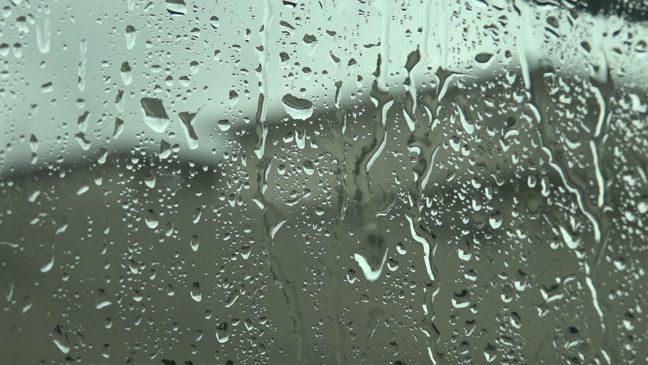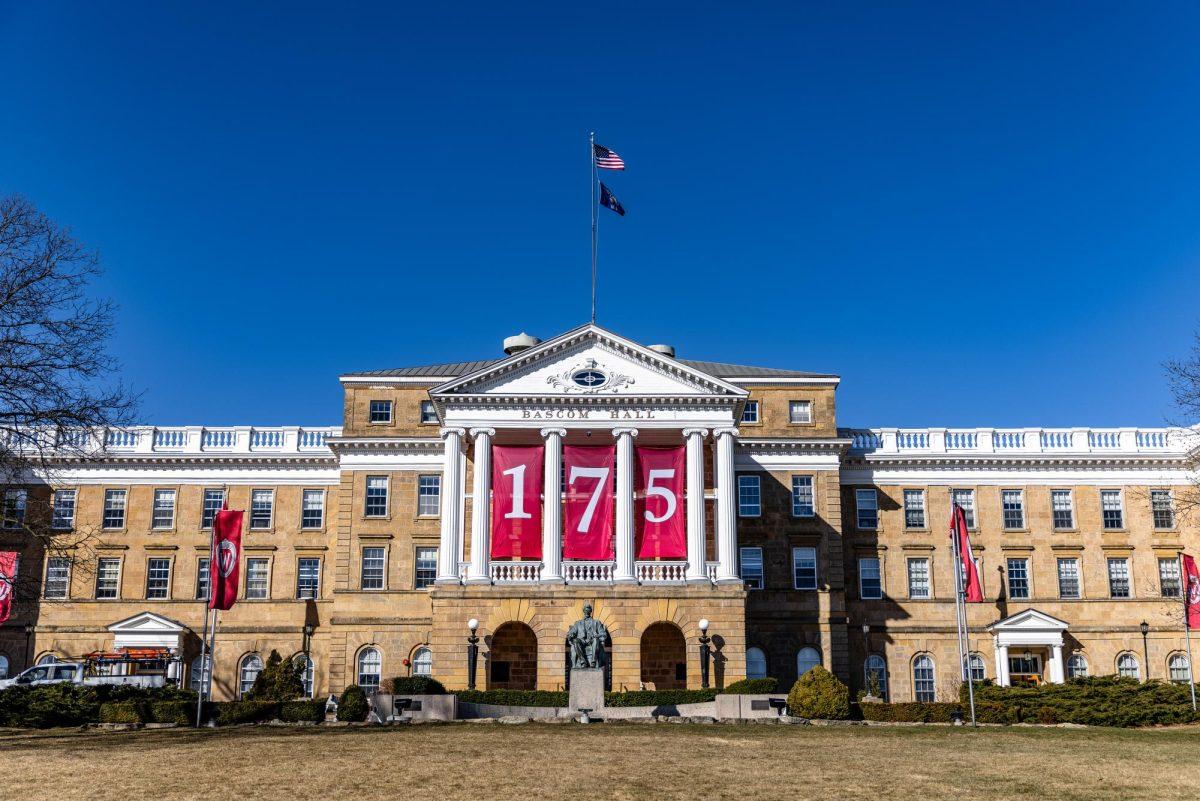Lake Mendota officially froze over in January, joining the ranks of other lakes in the Northern Hemisphere as a part of new later freeze date trends as the result of a warming climate.
Mendota was declared frozen by the Wisconsin State Climatology Office Jan. 12, marking the 10th time in the past 20 years the lake completely froze over in January, according to the University of Wisconsin’s Center for Limnology. Though, data on Lake Mendota’s freeze patterns dating back to the 1850s show the lake only froze 25 times in January over 150 years or approximately 16% of the time.
John Magnuson, UW professor and director emeritus of the Center of Limnology, said January freeze dates for Mendota are a relatively new phenomenon connected to warmer temperatures.
“The average freeze date is a lot later than 150 years ago,” Magnuson said. “It’s a lot warmer now than 150 years ago, so the water doesn’t cool down enough to freeze over.”
Mendota’s ice-on date this year was approximately three weeks later than average. Magnuson said in the 1850s, about five months of ice would cover Mendota on average. Due to later ice-on dates in more recent years, Mendota now has about four months of ice cover per year.
Magnuson said while inter-year variability factors such as the exact temperatures, wind and cloudiness contribute heavily to a lake’s final freeze date, the later ice-on trends can be traced back to a warming climate.
“The reason it’s freezing later is those really bitter cold nights are not occurring as early in the winter,” Magnuson said. “But the main crux of this, the reason we are in this situation, is because our climate is warming.”
Youth in America need to learn the truth behind climate change
One key change with the warming temperatures of lake water is the temperature stratification of a lake. Magnuson explained lakes have four seasons defined by the layered temperatures of water. Cold and warm water are stratified for the winter and summer seasons, with the warm on top in the summer and the cold on top in the winter. Magnuson said the periods of mixing temperatures between cold and warm occur during the spring and fall.
Magnuson said if a lake doesn’t have any ice, it loses the winter season because the ice is what protects the lake from mixing. The lake is essentially cut down to two seasons, resulting in different impacts on a lake’s ecosystem. Without a distinct cold water season, the reproductive cycles of cool and cold water fish such as yellow perch, trout and cisco are interfered with. Magnuson said this factor may be especially prominent in the decline of walleye seen across Wisconsin, Michigan and Minnesota.
“Since the period of open water is longer … it favors the warm water fish and the cool water fish do more poorly,” Magnuson said.
In the next 30 years, Magnuson said it is expected that Mendota will have its first winter without freezing over completely and the average annual air temperatures will average at about 46ºF, meaning it will not be cold enough to freeze.
In the next 60 to 90 years after Mendota has its first year without complete ice cover, Magnuson said Mendota will still have ice cover for most years, but the proportion of winters without ice cover is expected to slowly increase. As more winters pass, Magnuson said it becomes more of a mystery of how safe the ice will truly be.
“As you go farther down that period, it’s more difficult to predict whether the ice is safe, and it is not likely that the ice is as thick,” Magnuson said. “We end up having to be more aware of how we interact with the lake if we want to be safe, even on the ice years.”
Protest calls for climate action, announces new student coalition
Emily Whitaker, a UW grad student with the Freshwater and Marine Sciences Department, is attempting to tackle some of the mystery with the impacts of ice periods on lakes’ ecosystems. Whitaker is currently conducting research to explore the ecological impacts of less lake ice.
Whitaker said traditionally not a lot of work is completed in the winter time on the lake due to safety issues. Though, with new, safer technology available, a new frontier is open to new questions.
“With new ways to access the ice that are much safer, we can now start asking these questions about how ecology is changing as ice is changing,” Whitaker said.
One focus of Whitaker’s research is about how light entering through the ice impacts the ecosystem below, relating to the thickness and type of ice now accessible to measure. Whitaker said the exposure of light and energy based on ice-on and ice-off trends can shape different communities in an ecosystem.
Whitaker’s specific focus is how the phytoplankton community may be changing due to light exposure from the ice. With a shortening winter time and consequently a longer spring and summer, Whitaker is interested in how ecological community structures are working under the ice as well as how they may evolve going forward.
“This is kind of to understand the basis of what the new normal is now, but also that the new normal is always changing,” Whitaker said.
Science writers discuss public perceptions, misconceptions about science
Based on research Magnuson and colleagues published in the Nature Research Journal, there are currently 14,800 lakes experiencing intermittent winter ice cover in the Northern Hemisphere, meaning they do not freeze over at all. Magnuson said that number will double to 35,300 if the climate warms 2°C, the goal of the Paris Climate Accord. If the mark is missed with little or no climate change mitigation and the climate warms a predicted 8°C, 230,400 will have no ice cover.
Magnuson said looking into how a warmer climate affects lakes is like “opening a Pandora’s box.” Though, Magnuson believes people can better understand and see the effects of a warming climate with changes with ice currently occurring.
“Ice on and off dates are very easy for people to relate to. They are based on direct observation,” Magnuson said. “I think one of the most important things that people don’t realize is that the duration of ice, when it freezes and when it breaks, has a lot of consequences important to people.”
















